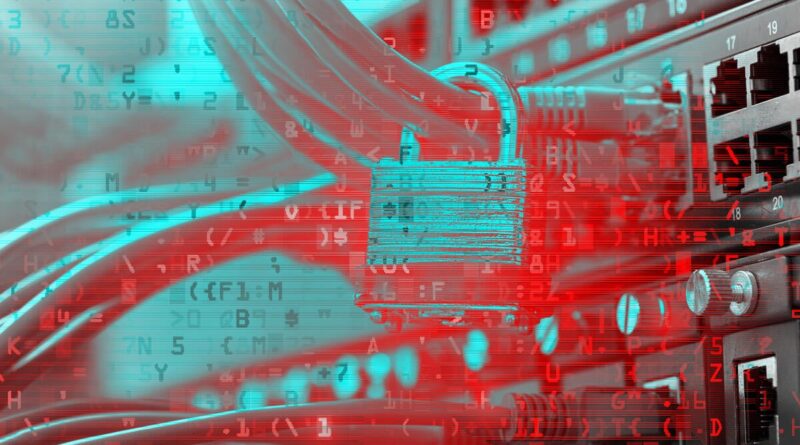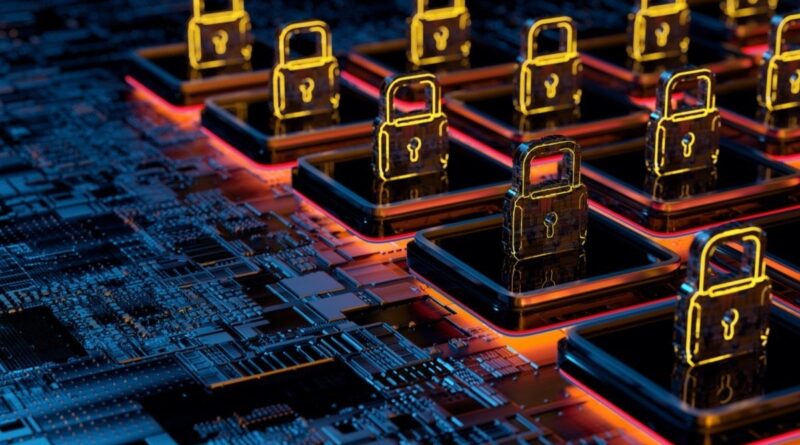Picking just 10 Linux open source security tools isn’t easy, especially when network professionals and security experts have dozens if not several hundred tools available to them.There are different sets of tools for just about every task—network tunneling, sniffing, scanning, mapping. And for every environment—Wi-Fi networks, Web applications, database servers.We consulted a group of experts (Vincent Danen, vice president of product security, RedHat; Casey Bisson, head of product growth, BluBracket; Andrew Schmitt, a member of the BluBracket Security Advisory Panel; and John Hammond, senior security researcher, Huntress) to develop this list of must-have Linux security tools.To read this article in full, please click here READ MORE HERE…
Read More









